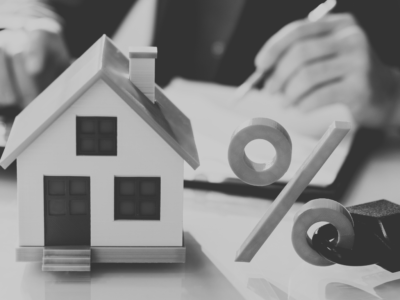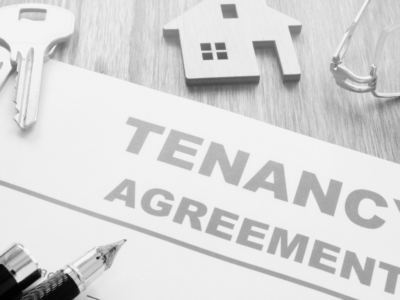The new year has started gloomily, and not just because of the weather and an unfortunate start to the UK’s satellite launching programme, which did not boldly go into orbit.
Much of the commentary on the property market is profoundly negative, and even more so commercial property than housing.
Estimates for CBRE suggest that UK commercial property values fell by 13.3%, or £130 billion, in 2022.
With interest rates high, retailers struggling and working from home, it is not hard to see why.
For housing, the Halifax has reported its fourth monthly price fall in a row, with the last two, 2.4% in November and 1.5% in December, quite substantial.
Annual house-price inflation has slowed to just 2%. More on that in a moment.
Neal Hudson of BuiltPlace, who tweets under the handle @resi_analyst, says in a new analysis that housing can be divided into three time periods; Before Truss, During Truss and After Truss.
Before Truss the market continued to boom in spite of rising interest rates and the cost-of-living crisis.
It appeared determined to ignore those forecasts, including by me, that it would slow as the year progressed.
Then along came Liz Truss and Kwasi Kwarteng, and the now infamous September 23 mini budget.
The shock that delivered to the mortgage market was extraordinary, with an avalanche of products being quickly withdrawn, and in the process revealing a lack of understanding at the top of government about how the mortgage market works.
The panic subsided with Truss’s departure and her replacement by Rishi Sunak but, as Hudson notes, “the fallout from this period is still ongoing and some may be permanent”.
That takes us into the current post-Truss period, in which buyer demand and mortgage approvals are both sharply lower.
“It is still highly uncertain what will happen to the housing market in 2023,” Hudson notes, though adds, “with current mortgage rates, we could quite easily see a 20% price fall from peak – a fall that only takes prices back to around where they were at the start of the pandemic in early 2020.”
Hudson also notes that rising mortgage rates have changed he calculation when it comes to house purchase versus renting, with the latter now cheaper, at least in theory, though rents are also rising.
It certainly looks like a perfect storm, with the economy in recession, consumer confidence low, the Bank of England not done with interest rate rises yet.
You will not find many predictions out there of rising house prices or activity this year.
Could it be, however, that some of the gloom is overdone?
On house prices, the latest e.surv Acadata house price index for England and Wales, using Land Registry data, shows a stronger picture than the figures from the mortgage lenders.
According to this index, house prices rose by 0.5% last month and were 7.8% up on a year earlier.
Excluding London and the South East the annual rise was 10.2%, driven by regions such as the East Midlands, were prices were up by an annual 14.1%.
The difference in these figures compared with those of the Nationwide and Halifax is, according to e-surv and Acadata because it uses completion data, rather than those at the mortgage approval stage, and includes cash sales.
And, according to Acadata, unemployment is one key to the outlook.
As it puts it: “The likely length and depth of any possible housing market downturn is a point of much debate.
Depending upon what happens in the macro-economy – and not least with regard to interest rates and inflation – a housing market downturn might be short-lived, and with limited negative impacts.
However, if any recession gathers more momentum with sharply rising unemployment alongside continued interest rate rises, then market pressures will intensify.”
The point about interest rates, and in particular mortgage rates, is well made.
Mortgage rates have started to fall from the levels they reached after the Truss-Kwarteng mini budget in September, with fixed-rate offers now coming back below 5%.
This process may have further to go, depending on the market interest rates and the Bank of England.
The 10-year gilt yield has settled at about 3.5%, having risen to more than 4.5% last autumn.
The two-year gilt yield has followed a similar path and is around 3.4%.
These are glimmers of light, though they may be fainter than we would like.
But it is important not to overdo the gloom.






















Comments